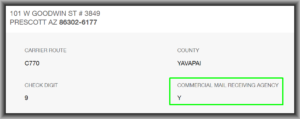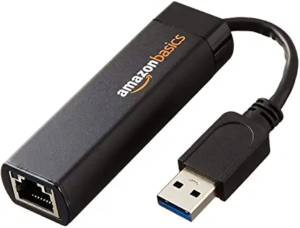(Revised to reflect news from another trademark practitioner that sometimes the Trademark Office has indeed pursued “where do you sleep at night” inquiries for at least a few non-US applicants.)
One peculiarity that I have not seen fully explored until now is the observed fact that the desire on the part of the Commissioner for Trademarks to know the street address where a trademark owner sleeps at night seems to apply almost exclusively to trademark owners residing within the US.
The Office Actions in which the Commissioner for Trademarks demands to know the street address where the owner sleeps at night, the Office actions that are triggered by the use of a Post Office Box, happen almost exclusively only if the owner’s address is in the US. An owner of a trademark registration whose address is outside of the US, whose only address of record is a post office box, usually does not receive such an Office Action demanding to know where the owner sleeps at night. Stating this as clearly as possible, the Commissioner for Trademarks mostly enforces its rule about requiring revelation to the USPTO personnel of where the owner sleeps at night in the special case where the owner’s address is in the US.
You might think that this highly selective demand to know where a person sleeps at night might be explained by the requirement that an owner located outside of the US hire a US attorney. The idea might be that the Commissioner for Trademarks feels the need to know exactly where the owner sleeps at night so as to smoke out the owners whose domicile is outside of the US, since they are required to hire US counsel. The Commissioner for Trademarks would not want such a non-US owner to be able to evade the requirement of hiring US counsel by the stratagem of renting a Post Office Box in the US.
But that dog won’t hunt. The observed behavior of the Commissioner for Trademarks is that Office Actions like this are being mailed in cases where the owner is located in the US and has hired US counsel. In other words even if the owner has hired US counsel, thus making it completely irrelevant whether or not the owner’s domicile is in the US for purposes of figuring out whether or not the owner should be required to hire US counsel, still the Commissioner for Trademarks demands to know the street address where that US owner sleeps at night.
And again to emphasize a point made above, in those cases where the owner has admitted that he or she resides outside of the US (and has of course hired US counsel), and where the owner has made us of a Post Office Box located outside of the US, inexplicably the Commissioner for Trademarks has only seldom mailed an Office Action requiring the owner to reveal where (outside of the US) the owner sleeps at night.
It is mostly in the special case where the owner is in the US that the Commissioner for Trademarks demands to know where the owner sleeps at night.
The Rules that the Commissioner uses to justify this inquisitiveness into the street address where the owner sleeps at night do not exempt owners located outside of the US. If the Commissioner were to carry out the Rules consistently, the Commissioner would be mailing out such Office Actions in all cases where a post office box located outside of the US was being used.
I wonder why it is that the Commissioner enforces those Rules so inconsistently depending upon whether the trademark owner’s post office box is inside the US or outside the US?



